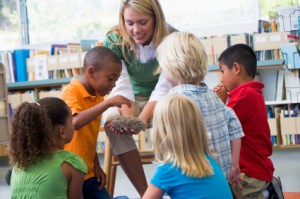This land is your land, this land is my land
From California to the New York Island
From the Redwood Forest, to the Gulf stream waters
This land was made for you and me–Woodie Guthrie
When my daughter was in preschool, she learned the lyrics to Woodie Guthrie’s folk song This Land Is Your Land. After one summer vacation, while she played in the Gulf stream waters off the coast of Florida, she asked, “Can we go see the Redwood Forest now?”
I had never seen the Redwood Forest, and my daughter’s request piqued my curiosity. I thought about my own childhood, when I had accompanied my older sister on a botany class project to collect plants and how curious I was about the plants and where they grew and what their names meant. Suddenly I wanted to see the Redwoods, and the Giant Sequoias.
It took a few years, but we managed to design a vacation trip that satisfied my daughter’s request to see the Redwood Forest and my growing curiosity, and I am so glad we did.
Continue reading “An Unexpected History Lesson”





 Let’s face it, most lab techs and purchasing agents aren’t all that happy when you send them an Instagram picture of your latest lunchroom-napkin cloning strategy as your order form for your next big cloning experiment. So we have created the
Let’s face it, most lab techs and purchasing agents aren’t all that happy when you send them an Instagram picture of your latest lunchroom-napkin cloning strategy as your order form for your next big cloning experiment. So we have created the  Already have a favorite vector and a freezer full of restriction enzymes? No problem, skip those steps and move on to getting the perfectly sized nucleic acid markers or the particular polymerase your experiment requires.
Already have a favorite vector and a freezer full of restriction enzymes? No problem, skip those steps and move on to getting the perfectly sized nucleic acid markers or the particular polymerase your experiment requires.

